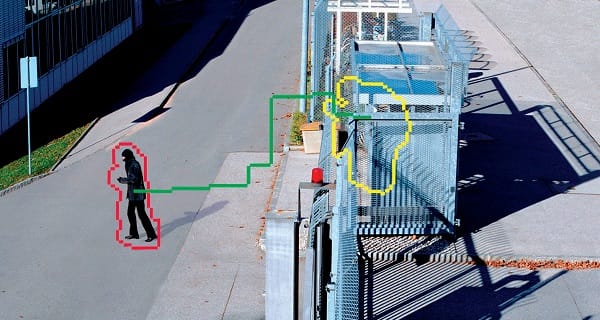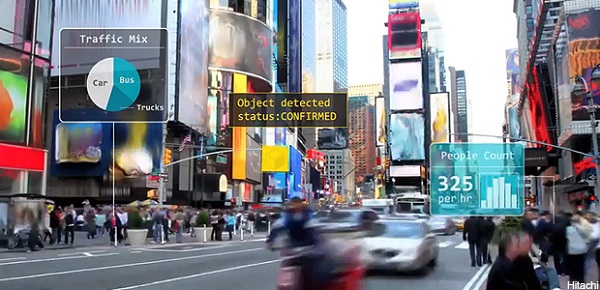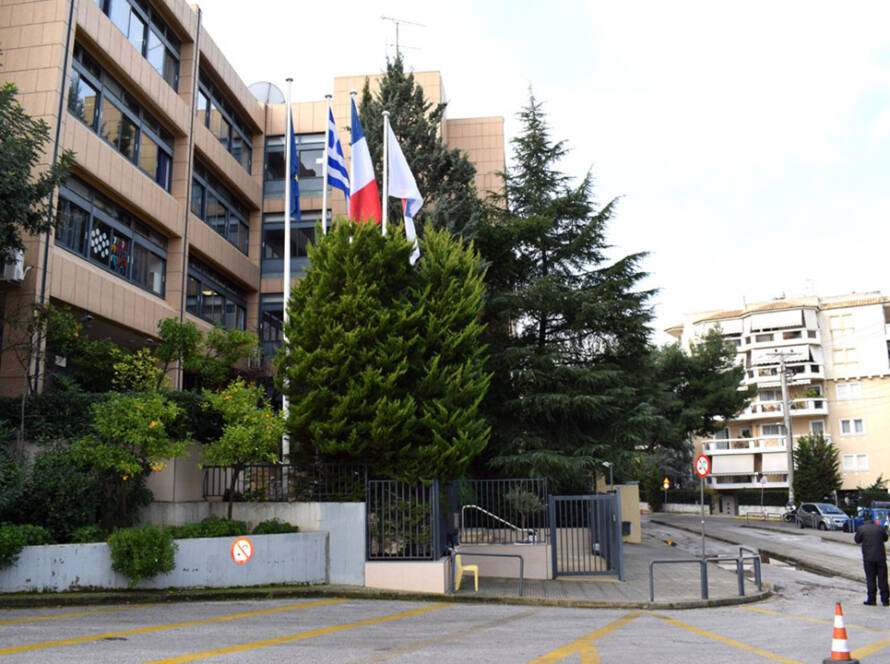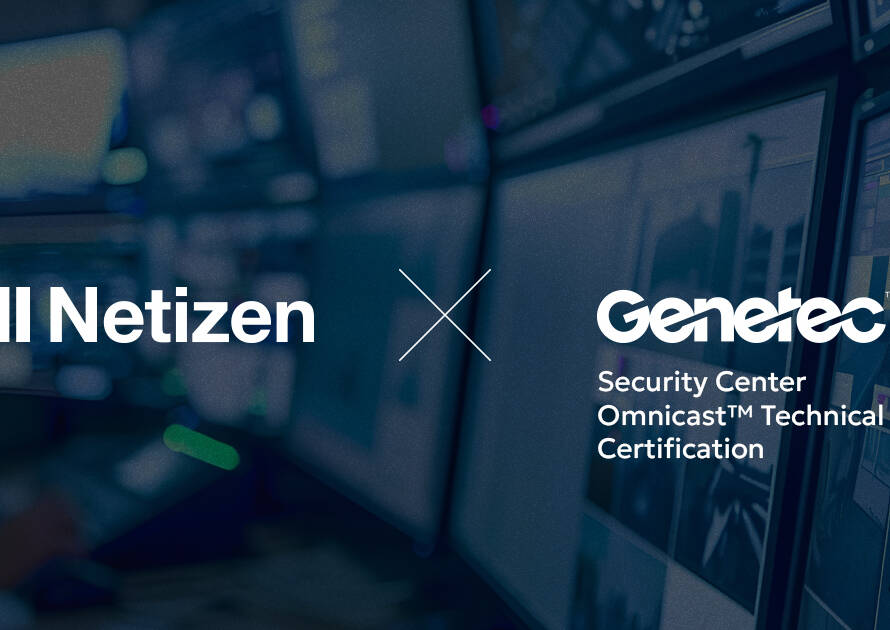From private research in the installer sector in North America, where the use of security cameras is particularly widespread both in the private market and in critical infrastructure and government facilities, it is evident that approximately 50-54% of installers and integrators use Video Analytics technologies in small and medium-sized projects. Four years ago, according to the same research, this percentage was only about 35%.
These statistics change dramatically in large-scale projects with many cameras, especially in cases of large areas under surveillance where monitoring stations and response forces in case of incidents are miles away from the monitored points.
A characteristic example is the installation of camera systems, multiple thermal and PTZ cameras of the visible spectrum, along the famous US-Mexico border. These systems are mounted on "towers" along with telecommunications infrastructure to transmit signals to central stations. The project began in 2005 and was completed after two years of testing.
Impressively, these towers with cameras use video analytics and their cameras as the sole technology for breach detection, without the assistance of other sensors (buried cables, seismic sensors, etc.). This is a pure "Analytics Only Detection System." Of course, the breach scenarios they detect are specific and include object classification, stopped vehicle detection, and wrong direction.
The analytics run on equipment installed on the towers, along with the cameras and wireless image transmission devices. This way, the limited bandwidth of the wireless connections from the towers to the central control stations is used only for transmitting images showing breaches of the rules defined in the analytics systems in thermal and visible spectrum images.
Similar architectures, but with terrestrial transmission channels (IP), are used in industrial, critical infrastructure, and private facilities both abroad and in our country, with increasing acceptance, especially in projects where the number of cameras and the quality of monitoring are demanding.
The main architectures of video analytics currently applied are:
- Server based analytics
- Embedded camera analytics
- Add-On camera analytics
- Embedded DVR / NVR / VMS analytics
- Analytics appliance / encoder
- cloud analytics


It is important to distinguish that Video Motion Detection is not Video Analytics. The differentiation lies in the following: "Motion detection-only" systems offer minimal parameters as breach rules, usually only Region, Zone, Sensitivity. Video analytics typically have behavior-based rules, such as "loitering person," "movement direction," or the presence of a foreign object in a specific area of the monitored scene. Notably, true video analytics self-adjust regarding the expected "object size phenomenon" depending on its distance from the lens. In simple terms, they can discern that an object appears smaller the farther it is from the camera lens, but its relative size to other objects remains constant, allowing sensitivity to motion or breach to self-adjust dynamically.
Several video analytics systems, depending on the specific application, distinguish categories of objects such as "small vehicle," "large vehicle," or "person," allowing for different breach rules for vehicles and different ones for people.
Regarding breach assessment, quality and appropriately installed and configured systems usually have a high success rate in diagnosing breaches, with few "false alarms," which the central control station will evaluate to determine if they are false alarms or actual breaches.
In recent years, "Deep Learning" systems have made leaps in accuracy of analysis and assessment, but they require some programming (learning) corresponding to the environment they will operate in. For example, an industrial area with forest vegetation and conditions typical of Northern Europe will not have the same success if installed in a Mediterranean area near the sea without the system's analytics being "trained" accordingly. Of course, deep learning systems, based on Neural Networks and a form of artificial intelligence technology, are the ones that will make a significant difference in the reliability of real threat diagnosis, approaching 100% accuracy while reducing false alarms.
The usual objections from customers regarding the installation of Video Analytics technology usually arise in low-budget projects and customers with a corresponding mindset and decision-making process, and in projects with few cameras and the presence of security personnel – all, of course, in relation to the threat level, the value of the protected spaces or targets. Unfortunately, many installations, especially in our country, will prefer (erroneously, of course) to add a few cameras rather than video analytics. Unfortunately, in these cases, when a breach occurs (as we have recently seen in several televised incidents), if the system is not connected to a central station and does not have analytics, we end up with very good visual material from multiple angles of how the breach occurred.





